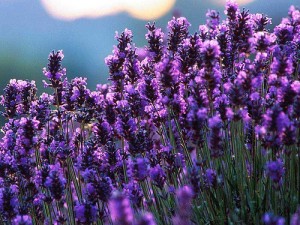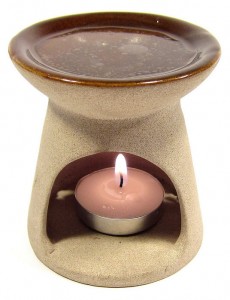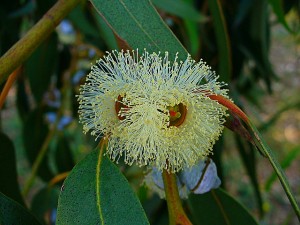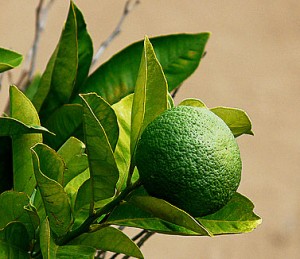Lavender Oil

Photo by lokenre
Native to the Mediterranean, lavender is primarily cultivated in Provence, in the south of France. It usually grows in open fields and stony mountain slopes. Today, it can be found throughout southern Europe, Australia, and the United States. Lavender is a short shrub that grows to a height of roughly 24 inches. When in bloom, lavender’s blue-violet flowers gives the herb its aromatic scent. The flowers are aligned in spirals of 6 – 10 blossoms, forming interrupted spikes above the foliage.
The finest oil is distilled from Lavandula officinalis, a species of lavender that grows only at altitudes above 3000 ft. Lavender contains a mixture of gerniol, cincole and coumarin, which produce the most potent medicinal form of the oil. These ingredients are also valuable for the treatment of inflammatory conditions and pain, as well as relief from digestive problems and various skin irritations. It is a powerful antiseptic containing more than 200 compounds that are active against fungi, viruses and other microbes. The oil is also beneficial for balancing emotions. It has a calming effect on people people who are agitated or have sleep disorders, as well as restoring the vitality in people suffering from nervous exhaustion.
For breasts:
Lavender oil can be rubbed onto breasts to help tone and tighten the skin.
- Add 2 drops of lavender oil to 3 tbsp. of a base oil, such as sweet almond. (apply to breasts daily)
For insomnia:
Lavender oil has a calming effect, it can be used to induce sleep when you are stressed or anxious.
- Put a few drops of lavender oil on an aromatherapy stone (available in most herbal stores) and place it in your bedroom. Its soothing effects will help you sleep soundly through the night.
For skin irritations:
Lavender water promotes good circulation in the skin, and prevents infections of the sebaceous glands.
- For a facial lotion, add 3 drops of lavender oil to 1 quart of distilled water, dab on daily.
For nerve pain:
Lavender oil helps to relieve pain and inflammation due to neuralgia.
- Mix 10 drops of the oil with 2 tbsp. of St. John’s Wort oil, gently rub it into the affected areas for pain relief.
For sunburn relief:
- Add 10 drops of lavender oil to 4 ounces of water. Store the liquid in a plastic spray bottle and spritz on sunburned skin as needed.
Applications:
External Use
- For middle ear infections, saturate a cotton ball in olive oil, drip 5 drops of lavender oil onto it and place it on the outer part of the infected ear. The lavender oil will help relieve the pain and inhibit the inflammation that often accompanies ear infections.
- For stomach aches, cramping or colic. Combine 30 drops of lavender oil, 10 drops of chamomile oil and 3 ½ oz. of cold pressed olive oil in a bottle and shake vigorously. Massage this essential oil mixture gently onto the abdomen for 10 min, using broad circular movements. Rest for a brief period and then apply a hot water bottle to the affected area for 30 mins.
Around the house:
- Add several drops of lavender oil to the washer’s final rinse cycle, or scent a cloth with a few drops of lavender oil and throw it in the dryer to freshen a load of newly laundered clothes.
- Place a handful of lavender buds in an old sock, knot it and store it in a drawer with your linens.
To purify Indoor air:
- 4 drops lavender
- 2 drops bergamot oil
- 2 drops lemon oil
Place this mixture of essential oils in a simmer pot to help freshen the air. The oils have a powerful cleansing action. The fresh scent also exerts an uplifting effect on the mind, body and spirit. Lavender combines well with citrus oil.
Tip: For an aromatic lavender bath, use a natural emulsifier to help the oil blend well with the bathwater. Mix 5 drops of lavender oil with 1 cup of heavy cream or 1 tsp. of honey and add it to the tub.
Lavender oil is one of the few essential oils that is safe to use “neat” or undiluted, on the skin. Keep a small bottle in your kitchen cabinet to treat first degree burns. One to two drops directly on the burn will relieve pain and reduce the risks of blisters.
References:
- The Complete Guide To Natural Healing
Note: Consult with a Physician if you are seeking medical remedies. The information is not intended as medical advice. PagansWorld.org is not liable for the misuse of the information listed above.
Thanks for stopping by! Well wishes to you all and have a great day!
Lisa









